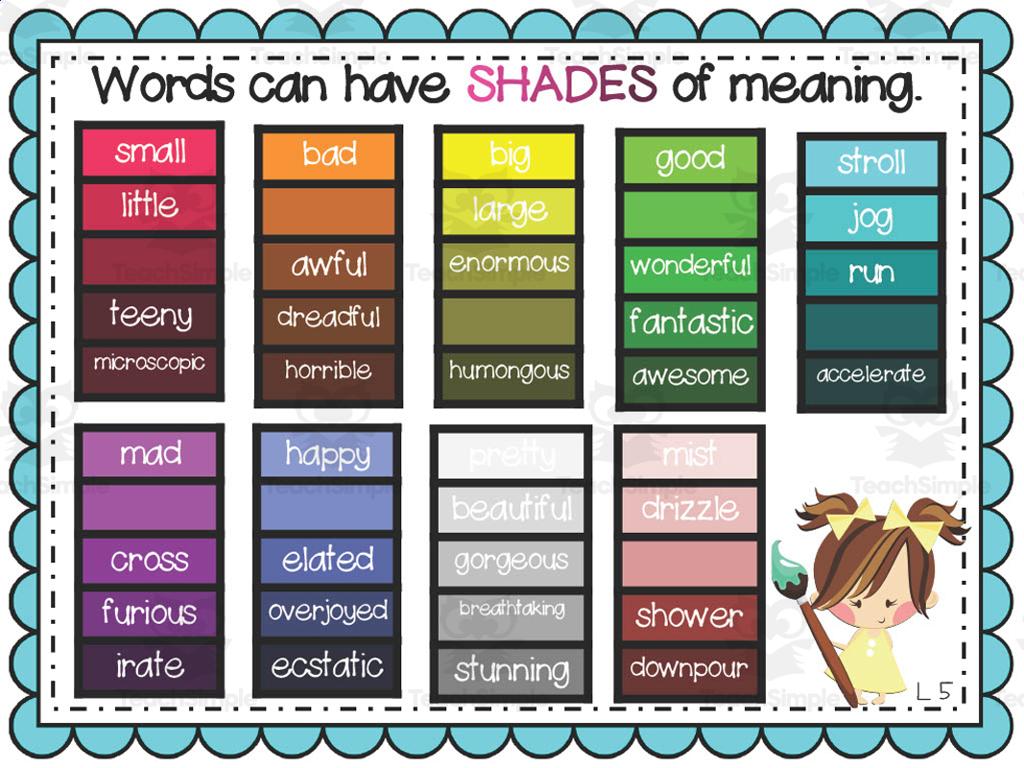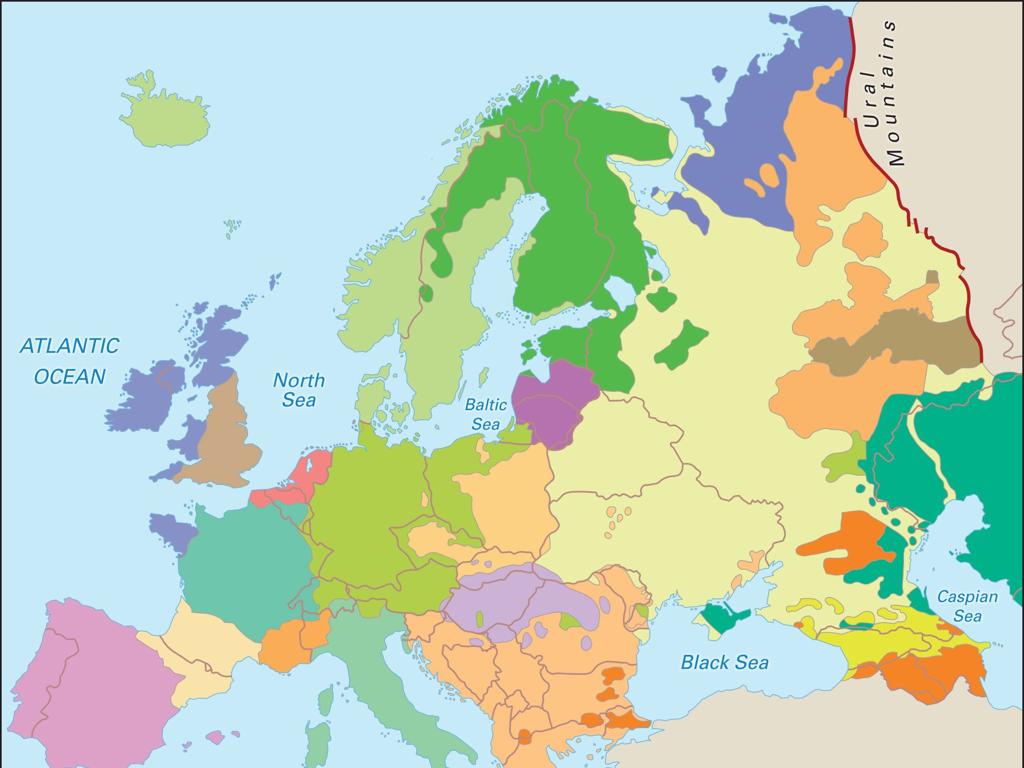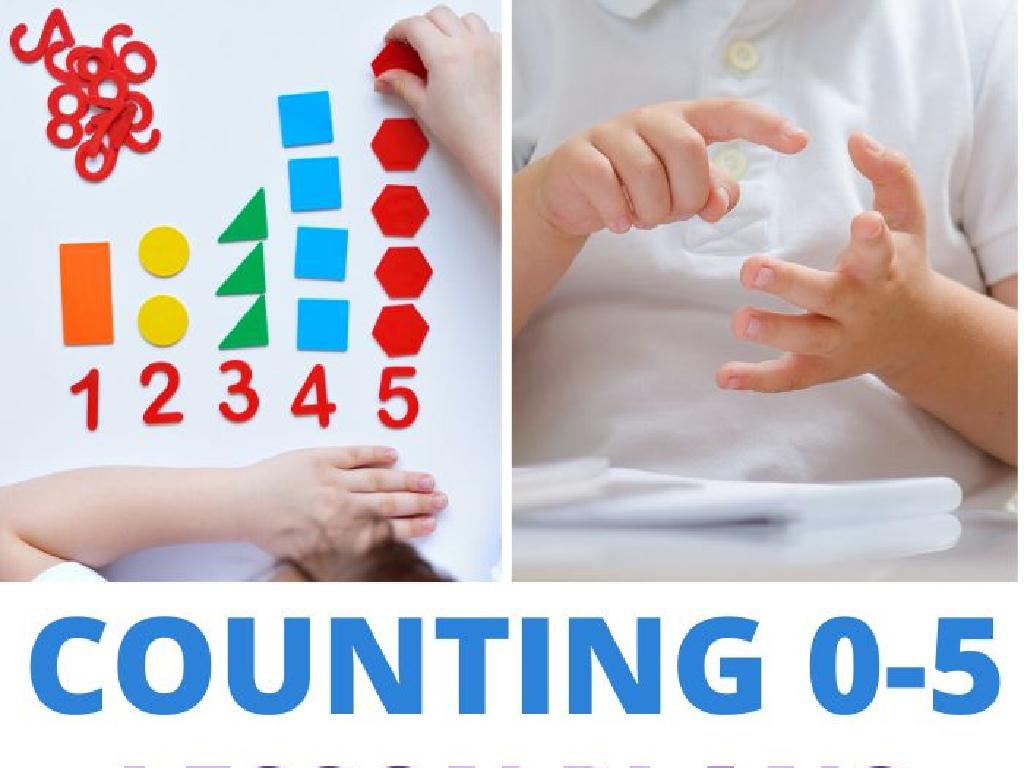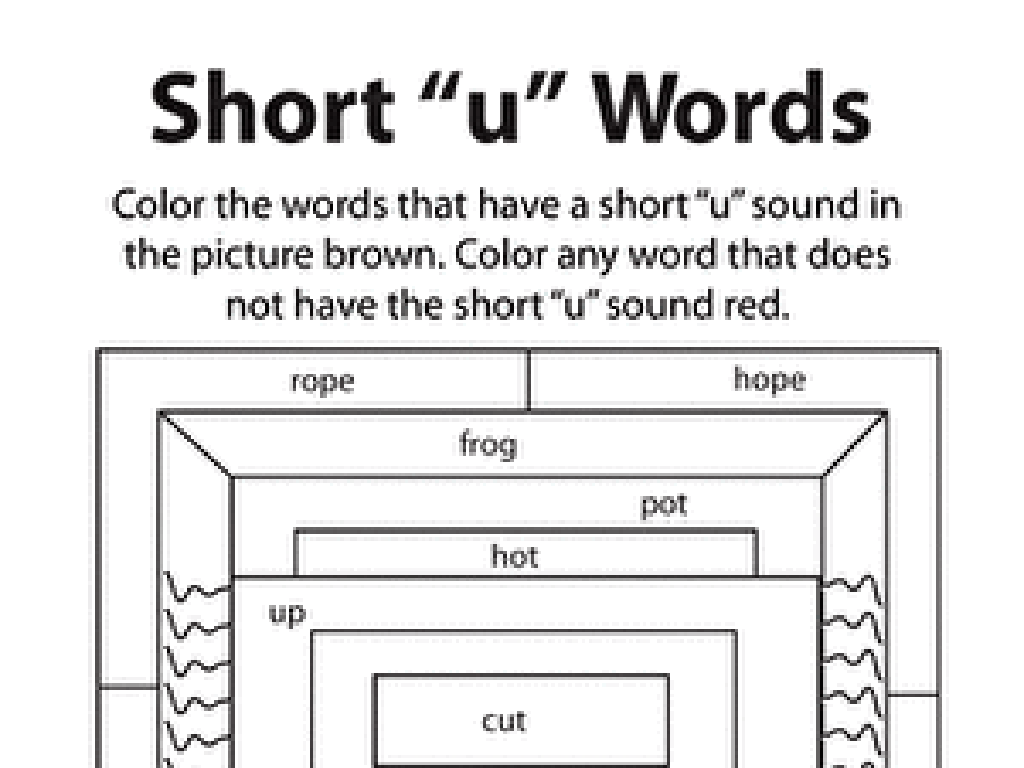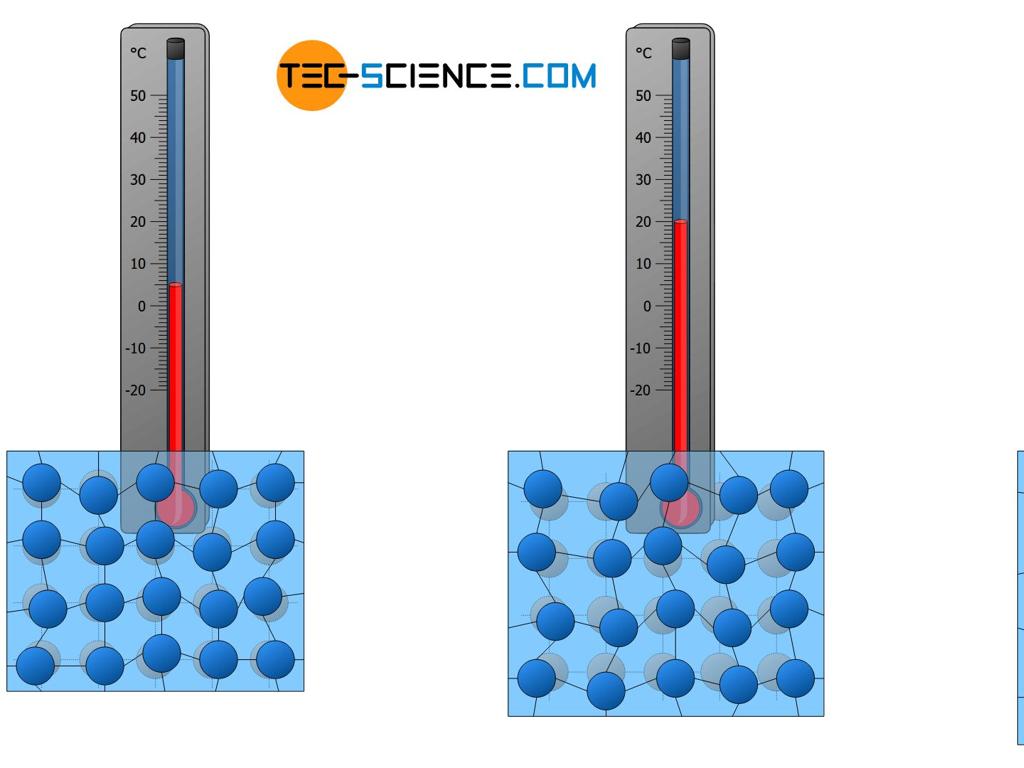Compare The Speeds Of Moving Objects
Subject: Science
Grade: Third grade
Topic: Force And Motion
Please LOG IN to download the presentation. Access is available to registered users only.
View More Content
Today’s Adventure: Comparing Speeds!
– Exploring how things move
– Defining speed in motion
– Speed is how fast or slow something moves.
– Comparing fast and slow objects
– A race car is fast, a turtle is slow.
– Observing speed in everyday life
– Watch cars, animals, and people move.
|
This slide introduces the concept of motion and speed to third-grade students. Begin by discussing the various ways things can move, such as straight, zigzag, or in circles. Introduce the concept of speed, explaining that it’s a measure of how quickly an object moves. Use relatable examples to compare fast and slow speeds, like race cars versus turtles. Encourage students to observe different speeds in their environment, such as the speed of different vehicles on the road, animals at a park, or people walking or running. This will help them understand the concept of speed in a practical, observable way.
Understanding Force: Making Things Move
– What is force?
– Force is a push or pull that can make things move or stop.
– Everyday pushing and pulling
– We use force to open doors (push) and draw pictures (pull).
– Force in our daily lives
– Gravity pulling a ball to the ground is a force.
– Observing force around us
– Watch how leaves move when the wind (force) blows.
|
This slide introduces the concept of force to third-grade students. Begin by explaining that force is simply a push or a pull that causes objects to move, stop, or change direction. Use relatable examples like pushing a toy car or pulling a wagon to illustrate forces that students encounter every day. Discuss how natural forces like gravity affect our daily lives, such as keeping our feet on the ground. Encourage students to observe and think about the different forces they see around them, such as wind moving leaves or water pushing a boat. This will help them understand the practical applications of force in the real world.
Understanding Speed: How Fast Things Move
– Speed tells us how fast an object moves
– We measure speed using distance and time
– If a car travels 60 miles in 2 hours, its speed is 30 miles per hour
– Comparing speeds: fast, faster, fastest
– A cheetah is faster than a bicycle, and a bicycle is faster than a snail
– Class activity: rank objects by speed
– Bring toy car, ball, and a toy snail to class for a fun speed ranking game
|
This slide introduces the concept of speed to third-grade students. Begin by explaining that speed is a way to measure how quickly an object moves from one place to another. Use relatable examples like cars, animals, or themselves running. Then, explain that speed is calculated by dividing the distance an object travels by the time it takes to travel that distance. Provide a simple formula: Speed = Distance / Time. Next, discuss how to compare the speeds of different objects and rank them from fastest to slowest. For the class activity, have students bring in various objects and work in groups to rank them based on their speed, discussing why they think one object moves faster than another. This hands-on activity will help solidify their understanding of speed.
Comparing Speeds of Different Objects
– What makes some objects move faster?
– Examples of slow moving objects
– Snails, turtles, and sloths are some slow movers
– Activity: Guess the Speed!
– Estimate how fast objects move and compare
– Understanding speed in our world
|
This slide introduces the concept of speed and how it varies among different objects. Start by discussing factors that might affect an object’s speed, such as size, shape, and what it’s moving through (air, water, etc.). Give examples of slow moving objects like snails, turtles, and sloths to help students relate to the concept. The ‘Guess the Speed!’ activity will involve students estimating the speed of various objects, such as a person walking, a car driving, or a bird flying, and then discussing as a class. This will help them understand that different objects move at different speeds and that speed is a part of everyday life. Provide guidance on how to estimate speed and encourage students to think critically about the factors that influence how fast an object can move.
Speed in Our Lives
– Understanding your own speed
– How fast can you run or walk?
– Speeds of different vehicles
– Cars, bikes, and buses all move at different speeds.
– Comparing animal speeds
– Some animals are slow, and some are very fast!
– Fastest animals in the world
– Cheetahs are super fast, but turtles are slow.
|
This slide aims to engage third-grade students in the concept of speed by relating it to their everyday lives. Start by asking students how fast they think they can move and discuss different ways we measure speed (like miles per hour). Then, compare the speeds of various vehicles they might see every day, such as bicycles, cars, and buses, and discuss why different vehicles have different speed capabilities. Move on to the animal kingdom and have students guess which animals are fast or slow. Highlight the cheetah as an example of a fast animal and the turtle as a slow one. Encourage students to think about why some animals need to be fast and others do not. This will help them understand the practical applications of speed in the real world.
Hands-On Experiment: Measuring Speed
– Gather materials: toy cars, timer, tape
– Set up the experiment track
– Place the measuring tape to mark the distance
– Make predictions on car speeds
– Think about the car’s features that might affect speed
– Measure and record the speeds
– Use the timer to see how fast each car goes
|
This slide is to prepare students for a hands-on experiment to understand the concept of speed. Provide each group with toy cars, a timer, and measuring tape. Explain how to set up a straight track using the tape. Before starting, ask the students to predict which car they think will be the fastest and discuss why. During the experiment, students will use the timer to measure how long it takes for a car to travel a set distance and then calculate the speed. This activity will help them understand that speed is a measure of how fast an object moves. Encourage students to consider factors like the weight of the car and the surface of the track. After the experiment, have a discussion about their findings and if their predictions were correct.
Observation and Results: Speed Comparison
– Measuring distance and time
– We use a stopwatch and a ruler to measure how far and how fast objects move.
– Recording our observations
– Write down the measurements in a table for each object we test.
– Discussing prediction outcomes
– Compare what we thought would happen to what actually happened.
– Understanding speed differences
– Learn why some objects move faster than others.
|
This slide is focused on the practical aspect of learning about speed. Students will engage in an activity where they measure the distance traveled by various objects over a set period of time, using tools like stopwatches and rulers. They should record their findings systematically. After the activity, lead a discussion to reflect on their initial predictions about the speeds of the objects and compare them with the actual results. This will help them understand the concept of speed and the factors that can affect it. The teacher should prepare a simple experiment setup beforehand and ensure that each student or group has the necessary materials to participate in the activity.
Class Activity: Speed Race
– Form teams and pick a racer
– Measure distance and time it
Use a stopwatch and meter stick for accuracy
– Record your object’s speed
Speed = Distance ÷ Time. Calculate using the measurements
– Discuss: Which was fastest?
|
This activity is designed to help students understand the concept of speed in a fun and interactive way. Divide the class into small groups and provide a variety of objects they can race, such as toy cars, balls, or marbles. Have each team measure a set distance and time how long it takes their object to travel this distance. They will then calculate the speed of each object using the formula Speed = Distance ÷ Time. After the activity, gather the class and discuss the results. Ask which object was the fastest and why they think that was. This will help them grasp that speed is a measurable quantity and can vary between different objects. Provide a variety of possible activities, such as racing on different surfaces, inclines, or with different-sized objects to see how these variables affect speed.
The World in Motion: Understanding Speed
– Speed shows how things move
– Objects move at different speeds
– A snail moves slowly, a car moves fast
– Reflect on today’s speed lesson
– Think about the fastest and slowest things we discussed
– How can we use what we learned?
– Maybe we can guess how long it takes to get to school?
|
This slide wraps up our lesson on speed and motion. It’s important to reinforce the concept that speed is a way of measuring how fast or slow something is moving. Highlight that different objects move at different speeds, like how a snail is much slower than a car. Encourage the students to think back on the activities and discussions from today’s lesson to solidify their understanding of speed. Ask them to consider how we can apply this knowledge in real life, such as estimating travel time to school or understanding how fast a pet can run. This reflection helps students connect the concept of speed to their everyday experiences.
Homework Challenge: Speedy Objects!
– Find two objects that move
– Guess which one is faster
– Write down why you think so
– Did it roll or slide? Was it pushed or pulled?
– Share your guess in class tomorrow
|
This homework activity is designed to get students thinking about the concept of speed and how different forces can affect the speed of moving objects. Encourage them to choose objects that they can observe moving, such as a toy car or a ball. They should make an educated guess about which object moves faster and write down their reasoning, considering what forces are acting on the objects. This could include gravity, friction, or a push/pull force. In class the next day, have a discussion about their findings and introduce the concept of measuring speed. This will help set the stage for more detailed lessons on force and motion.

